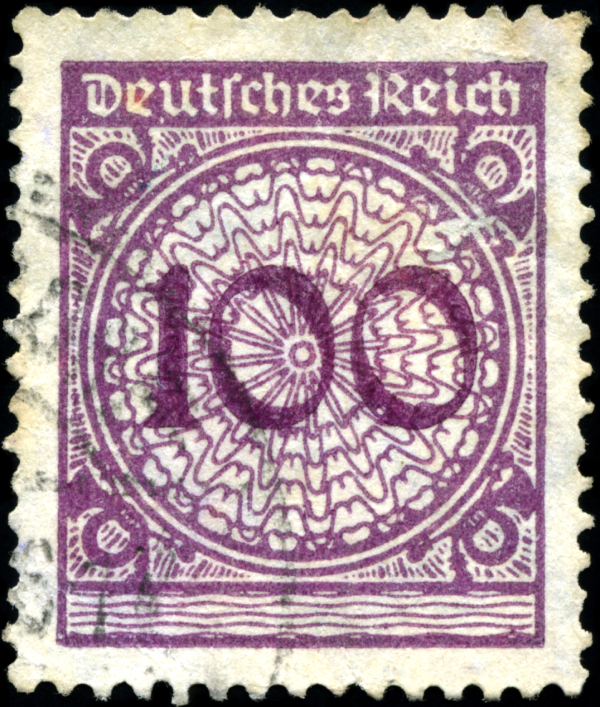
Germany’s postage stamp history is a tapestry woven with the threads of national unification, cultural influences, and historical transformations. Reflecting moments of unity and divisions, artistic expressions, and technological advancements, Germany’s postage stamp history presents a mosaic of its past. Here’s a succinct glimpse into Germany’s postage stamp history:
19th Century: The Genesis of German Stamps:
Germany’s modern postage stamp history began in 1849, marking the issuance of the country’s first national postage stamp. Known as the “Bayern 1 Kreuzer black,” this stamp originated in the Kingdom of Bavaria and is a significant milestone in German philately.
1871: Formation of the German Empire:
The year 1871 witnessed the formation of the German Empire, a pivotal moment in the nation’s history. Stamps featuring symbols like the imperial flag and coat of arms were issued. Empire-era stamps served as reflections of Germany’s unification process and its emerging national identity.
20th Century: Division and Reunification:
The mid-20th century division of Germany into East and West also left its mark on postage stamp history. Stamps were issued separately for East Germany (DDR) and West Germany (BRD). The fall of the Berlin Wall in 1989 and Germany’s reunification in 1990 were significant events reflected in stamps of this period.
Technology and Diversity:
Germany’s postage stamp design and production evolved with technological advancements. From the late 20th century, modern features such as special printing techniques, holograms, and security elements were incorporated. Stamps were created to depict diverse themes, cultural events, historical narratives, and artistic designs.
Transitioning into the Digital Age:
As the 21st century unfolded, increased digital communication led to a decline in physical mail usage. Nonetheless, stamp collecting remains active in Germany, particularly with a focus on historical and thematic stamps.
Cultural and Historical Expression:
These stamp’s history offers a window into the nation’s history, culture, and political development. Beyond being carriers of postage, stamps are small artworks that encapsulate Germany’s journey through unification, division, technological progress, and artistic representation.
In summary, Germany’s postage stamp history acts as a collection of cultural artifacts reflecting the country’s evolving story and diversity. These stamps, intertwined with history and communication, are small tokens of cultural heritage, serving as tools to understand and appreciate Germany’s past.
